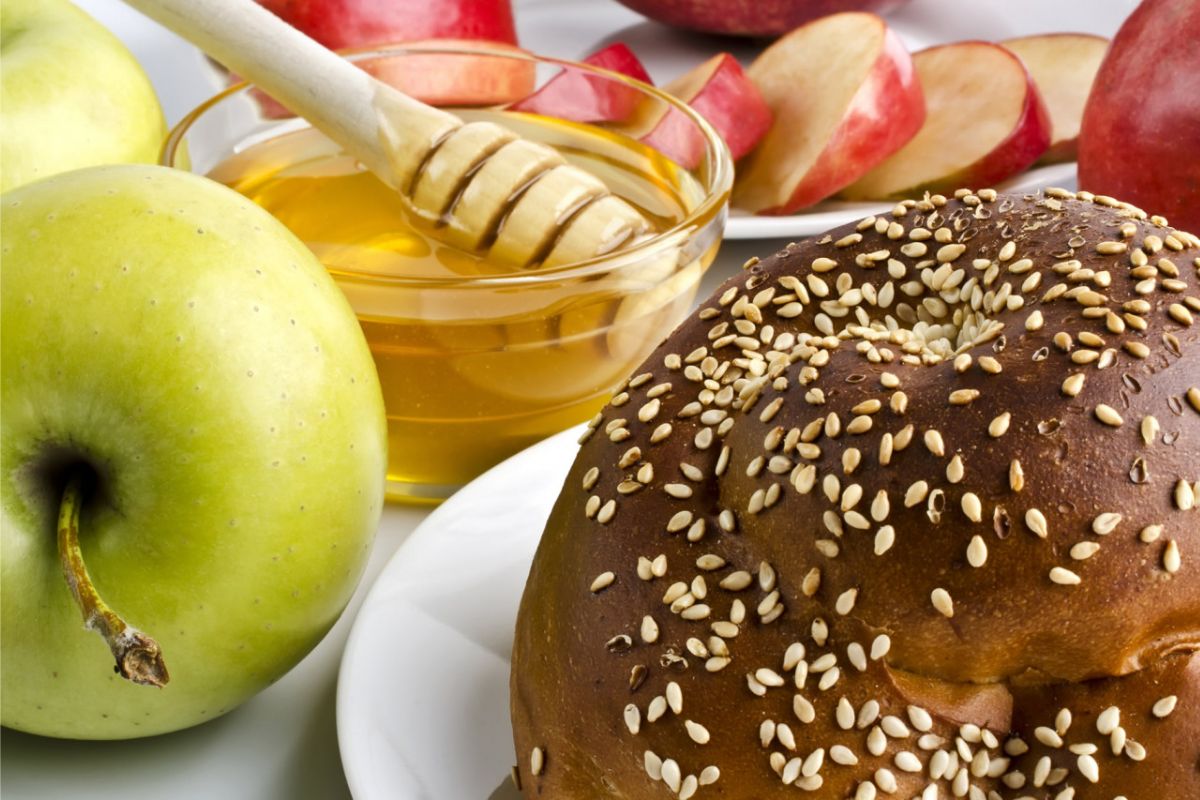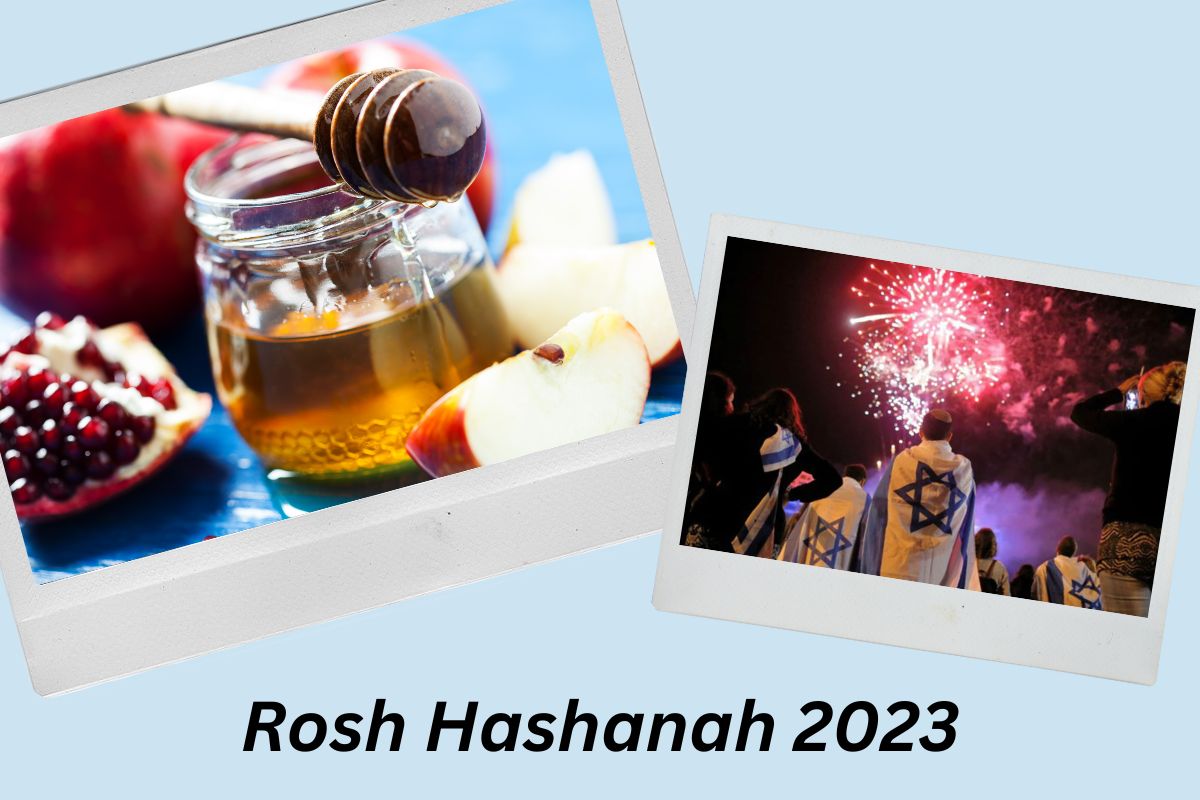Rosh Hashanah in 2023 starts at sunset on Friday, September 15, and finishes at sunset on Sunday, September 17. The Jewish New Year is known as Rosh Hashanah, which means “head of the year” in Hebrew. It is a period of spiritual atonement and internal rejuvenation.
What Is Rosh Hashanah And When Is It?
Rosh Hashanah is a sacred and joyous day when loved ones meet for feasts, worship, and spiritual growth. It’s a time to anticipate the coming year and reflect on the one just gone in order to better ourselves for the one to come. Literally translated from Hebrew, this two-day Jewish New Year’s festival means “head of the year.”
It is observed on the first and second days of the first month in the civil calendar, the Jewish month of Tishrei. In 2023, it will start on Friday, September 15, in the evening and end on Sunday, September 17, at dusk. The name of this holy day in the Bible is Yom Teruah. Teruah is the Indonesian word for a loud cry or horn blowing.
Numbers, an Old Testament book of the Bible, is where it first appeared. The Lord instructed the children of Israel to observe these things.

Traditions Of Rosh Hashanah
Candle-Lighting
For the duration of Rosh Hashanah, it is usual for the women or girls to light candles in the home to welcome the occasion. When the candles are lit, blessings are said. Find out more about blessings and lighting candles.
Best Wishes and Prayers
Other prayers known as Kiddush (meaning sanctification) are chanted before the meal in addition to the blessings said during the lighting of the candles each evening. In addition to saying a blessing over the bread, two blessings are said over the wine.
Festive Foods and Symbolic Meals
For Rosh Hashanah, challah is always made as a round loaf and served with honey. The seasons and the cycle of life are represented by the circle.
- Another Rosh Hashanah custom is to eat sliced apples that have been coated in honey. The desire for a sweet, joyful, and abundant year is represented by honey. At this holiday meal, avoid items that are sour, bitter, or tart like vinegar or horseradish.
- Another traditional delicacy on the Rosh Hashanah table is pomegranates. This fruit’s prodigious amount of seeds stands for the desire for a fruitful and abundant life.
- Attend Synagogue Services—A significant aspect of Rosh Hashanah is congregating in a synagogue for prayer services. The Machzor prayer book is used to recite special prayers and Torah readings during this sacred service. For those who can’t attend, some synagogues will live broadcast their Rosh Hashanah services.
- Shofars are trumpets traditionally crafted from ram’s horns that have been hollowed out. The shofar was sounded in ancient biblical times during temple worship and battles, such as the Battle of Jericho (Joshua, Chapter 6). Even in modern times, the shofar sounding is an important part of the Rosh Hashanah synagogue ceremony. It serves as a sign of the hearer’s obedience to God’s commandment.
- According to Rabbi Saadia Gaon, hearing the shofar’s sound awakens slumbering spirits that have grown complacent by reminding the listener that God is the King of the world.
hot pink menorah hanukkah purim invitation https://t.co/7eXTAuoBks #hanukkah #chanukkah #hannukah #chanukah #channukah #starofdavid #purim #roshhashanah #passover #jewish #christmukkah #interfaith #christmukkah pic.twitter.com/Meejtg67Xq
— Ugly Christmas Dress (@UglyXmasDress) December 19, 2022
- This tradition is known as the Tashlich ceremony and involves casting breadcrumbs over water. It entails traveling to an outside, natural water body (such as a river, creek, lake, pond, or ocean) and scattering breadcrumbs over the surface of the water. This action represents tossing away the wrongdoings you’ve committed. In the Machzor prayer book is a prayer for this ritual.
- Rosh Hashanah invites reflection on the previous year to see where you may have “missed the target.” Examine the positive and negative parts of your personal life to determine what you should do differently in the future and how you might “hit the mark” in the coming year.
10 Days Of Awe
The “10 Days of Awe” or “10 Days of Repentance” are noteworthy days that fall between Rosh Hashanah and Yom Yippur. Further reflection occurs throughout this period. You can also use this time for spiritual growth by praying, doing good deeds, showing love to others, and asking for forgiveness and reconciliation. Between Rosh Hashanah and Yom Yippur, it is stated that one can turn God’s judgments against us into benefits.
Closing
